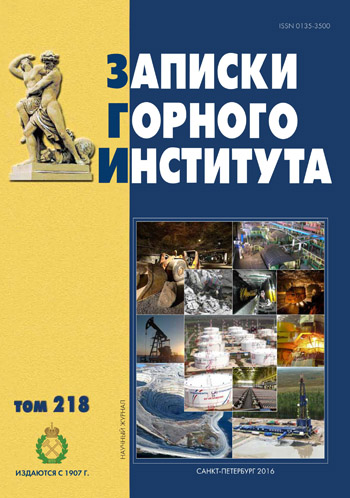Energy- efficient control of asynchronous motor drive with current refinement of the loss minimum on the basis of fuzzy logic
- 1 — Ph.D., Dr.Sci. professor Saint-Petersburg Mining University
- 2 — post-graduate student Saint-Petersburg Mining University
Abstract
Currently, asynchronous electric drive on the basis of semiconductor frequency converters is widespread because of the relative simplicity and reliability of the design, the use of digital control systems, providing the accuracy and flexibility of process control, which allows for a significant increase in product quality, reduction in energy consumption and improvement of the enterprise profitability. In spite of these advantages, the problem of ensuring high energy efficiency of the drive in wide range of its operational modes is still not solved in full scale. The paper is devoted to the reduction of losses in the asynchronous drive on the basis of en-ergy-saving control algorithms that aim to ensure the desired mode of the driven mechanism while minimizing losses in copper and steel of the motor. On the basis of the motor model, taking into account magnetic losses, dependences of losses in the copper and steel, as well as the total loss from the absolute slip have been derived for different operating points of the drive. The optimal values of the absolute slip for different speeds of the rotor have been obtained for use in the con-trollers ensuring operation of the drive at maximum efficiency, highest power factor and minimum of the stator current. For minimizing the losses in the drive when changing the motor parameters it has been offered the combined method based on the method of loss model and iterative method of searching the minimum of power consumption. The effectiveness of the proposed control system using fuzzy logic is confirmed by comparing the graphs of losses and efficiency, obtained at using a traditional control law and the optimal control law.
